Without going into the specifics of the obstacles that were overcome by the heroic efforts of film distributors, 2020 was a stronger year for films released in the United States than could have been reasonably expected, though it only sparingly reached the heights of last year. Note the specific term “released”: all of the films on my list premiered before 2020 even began, which only further heightens the importance of both the festival circuit and the people dedicated to giving films their proper due, whether it be in repertory theaters or in virtual cinemas. One special mention: my favorite film released this year from the previous decade is Hong Sang-soo’s Yourself and Yours, which premiered in 2016 but only just received a release; my personal eligibility rules limit the films on this list to a two-year window, but otherwise it would be at the very top of this list.
Honorable Mentions: Lovers Rock, Ghost Tropic, Tesla, Liberté, Bacurau
10. The Whistlers (Corneliu Porumboiu)
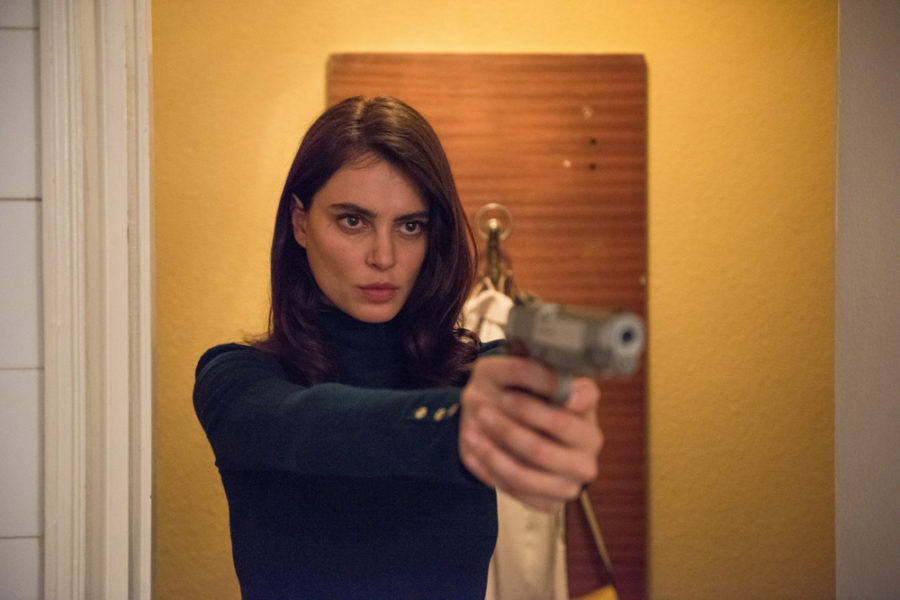
Both a rollicking, trickily structured crime film and an absurd study of language and communication, Corneliu Porumboiu’s atypical The Whistlers proposes that these two strands are inseparable: the operative image is that of a finger perched in a mouth in the trigger position. There’s a marked emotional resonance that develops slowly, but the droll humor, the cool precision of its characters’ actions and Porumboiu’s shameless references to various antecedents have a pleasure all their own.
9. Vitalina Varela (Pedro Costa)
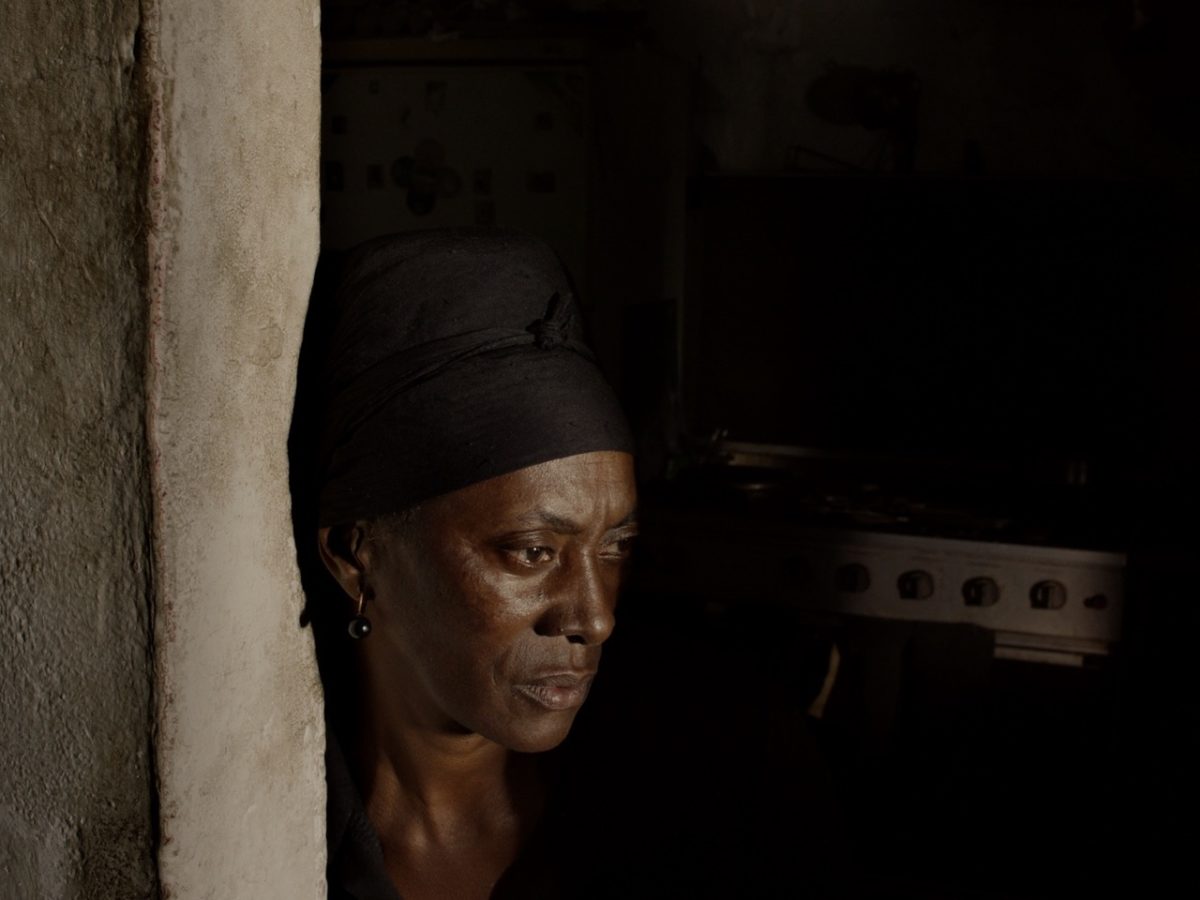
Making the leap from DV to HD, Pedro Costa’s hushed, immaculate images reach an even greater state of beauty in Vitalina Varela, a retelling of its central figure’s existence in a dark Lisbon neighborhood after the death of her husband. It is a deeply material film, all concentrated in the slow transformation of both Vitalina and the decaying house she is living in, and Costa’s exacting style makes the eventual result all the more lovely.
8. First Cow (Kelly Reichardt)
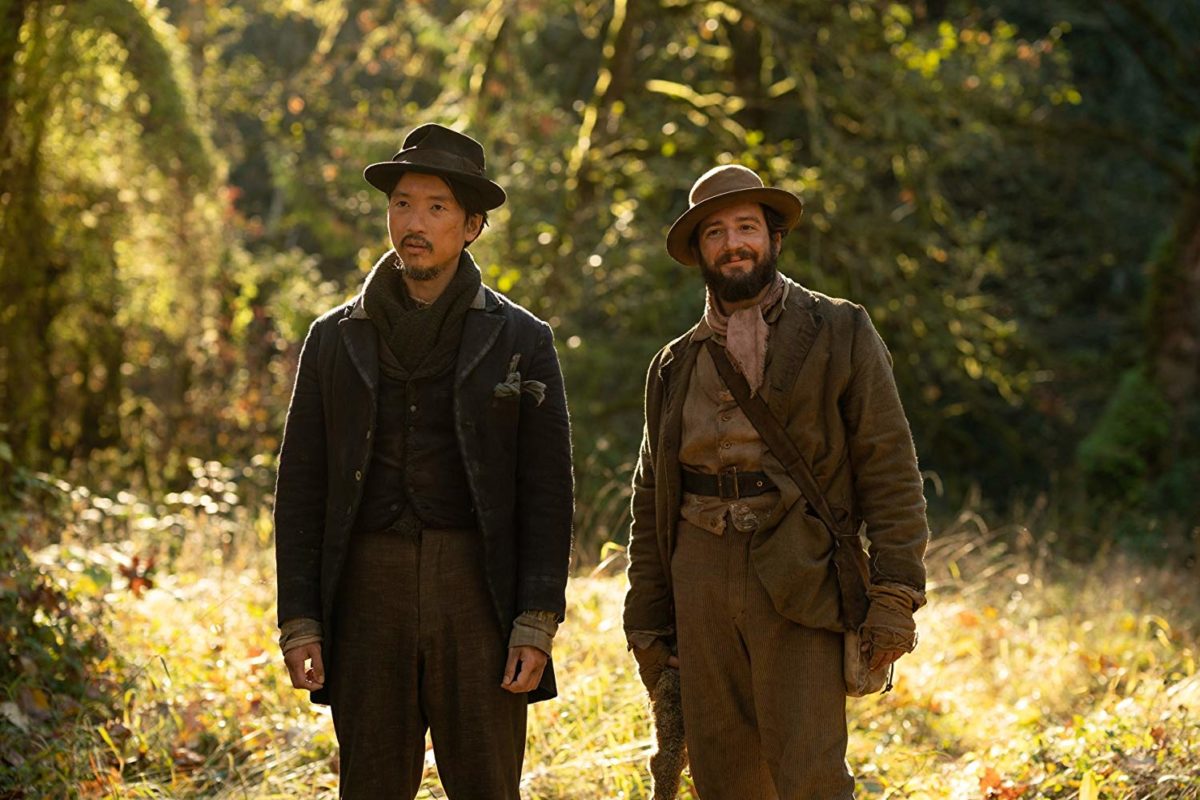
First Cow finds something of a middle ground in Kelly Reichardt’s varied styles, a sentiment largely applicable to its tale of friendship and hustling in the Old West. Its assuredness lies in its careful adoption and outlining of its milieu and environments, rendering the frontier villages and towering forests with just enough character to preserve and enhance their ineffability and majesty. Plus, it surely has some of the most enchanting digital film emulation yet devised.
7. Heimat Is a Space in Time (Thomas Heise)
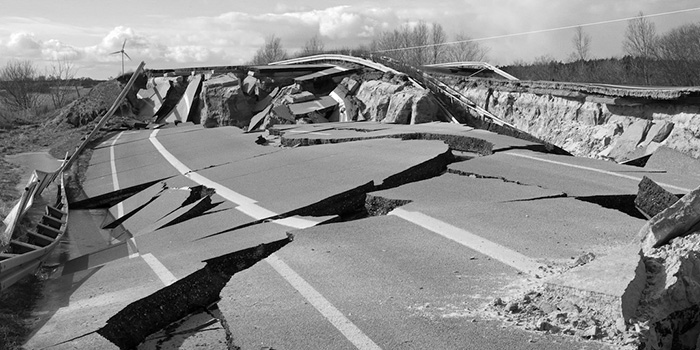
Heimat Is a Space in Time certainly may seem like an imposing work, taking into account its three-and-a-half hour length and subject matter, but it emerges over its course as an intimate, almost inviting film, choosing to only sparingly establish the relations between its images and the personal, surprisingly revealing letters from Heise’s family members. In the process, many moments thrum with mystery, mirroring and coloring the viewer’s perception of a changing, divided, present nation.
6. The Traitor (Marco Bellocchio)
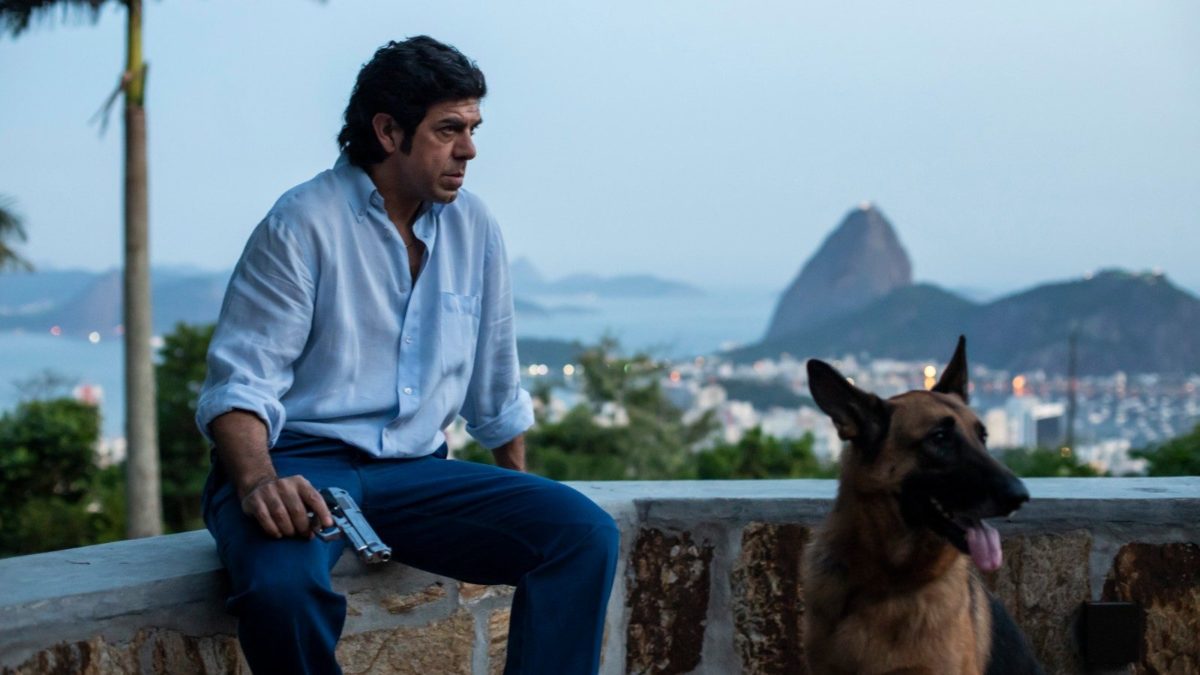
A thoroughly unconventional and uncanny mafia film, Marco Bellocchio’s The Traitor uses its true story as an examination of an entire nation’s wrangling with heritage and tradition, continually changing its approach to suit the shifting rules of engagement across decades. The trial sequences contain some of the most dynamically staged sequences of the year, and there is just as much engrossing detail and patiently relentless insight in its own interrogations of its conflicted main character.
5. I Was at Home, But… (Angela Schanelec)
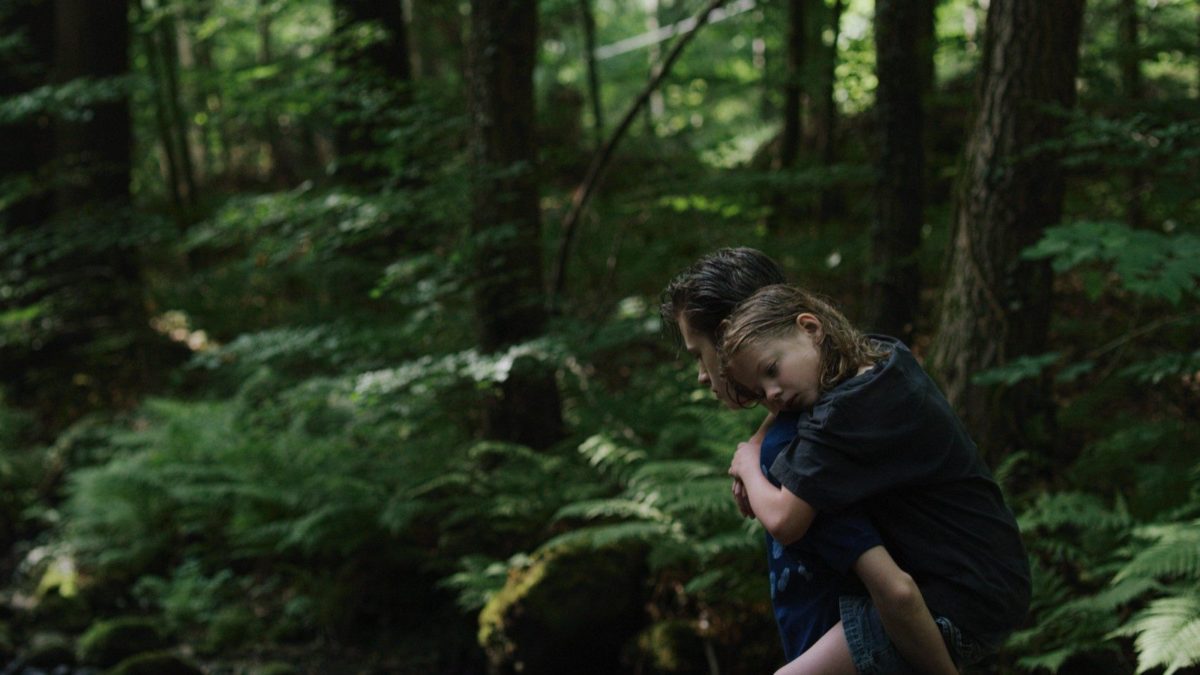
Following her belated international breakthrough, Angela Schanelec brought her near-abstract, mysterious approach to a more piercingly emotional story. I Was at Home, But… is nominally about the rhythms in a life where grief is always a dull ache, but it incorporates much more into its free-floating orbit: the representation of suffering, the individual resonances of art, and above all the problems of communication. The film’s compositional precision only accentuates an essential tentativeness, a need to keep moving forward without looking back.
4. The Grand Bizarre (Jodie Mack)
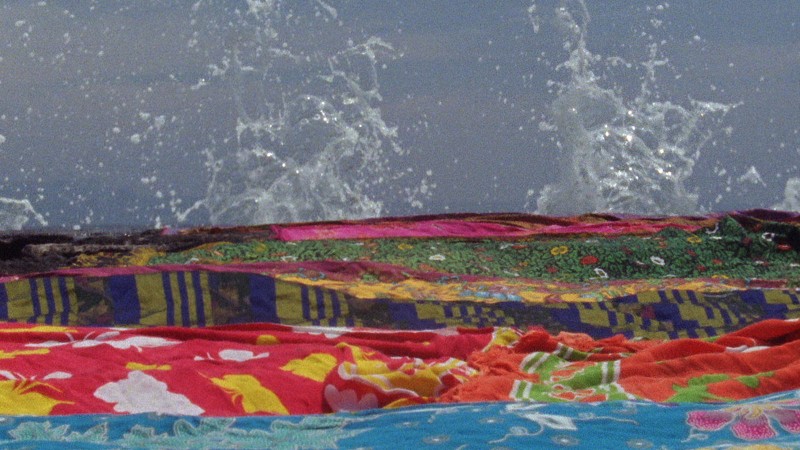
Finally receiving a release two years after its 2018 premiere, Jodie Mack’s The Grand Bizarre operates less on structure than on a perfect harmony between her stop-motion animation style and the textures of textiles. It is a supremely intelligent film, carefully bringing to life the connections not only between the locales it travels to, but between forms and figures, between sounds and visions, and the work involved to bring all of it to wondrous life.
3. Fourteen (Dan Sallitt)
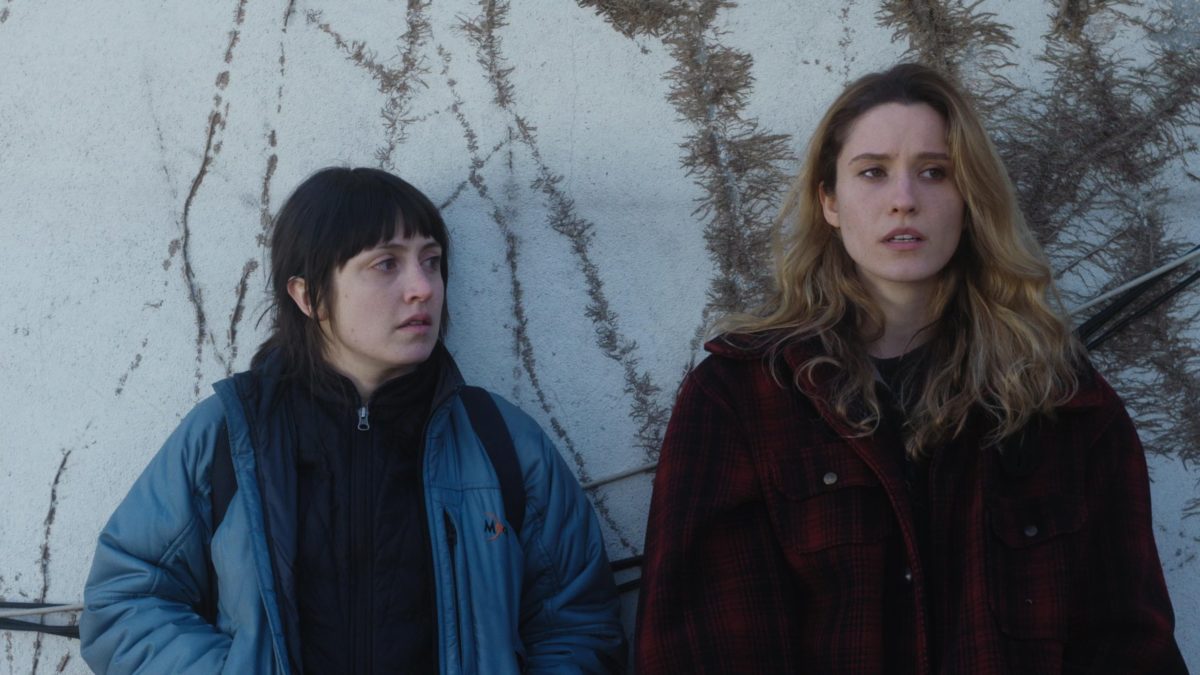
Filmed in small pieces over the span of a few years, Dan Sallitt’s Fourteen thrives off of this fragmentation, using the leaps in time not to disorient but to cut to the essence of the central friendship, and with it the concerns of growing older and shouldering previously unimaginable responsibilities. Open-hearted and carefully filmed, a sense of emotional catharsis rises and falls throughout the film, matching the unpredictable rhythms and moments of catharsis of life.
2. To the Ends of the Earth (Kiyoshi Kurosawa)
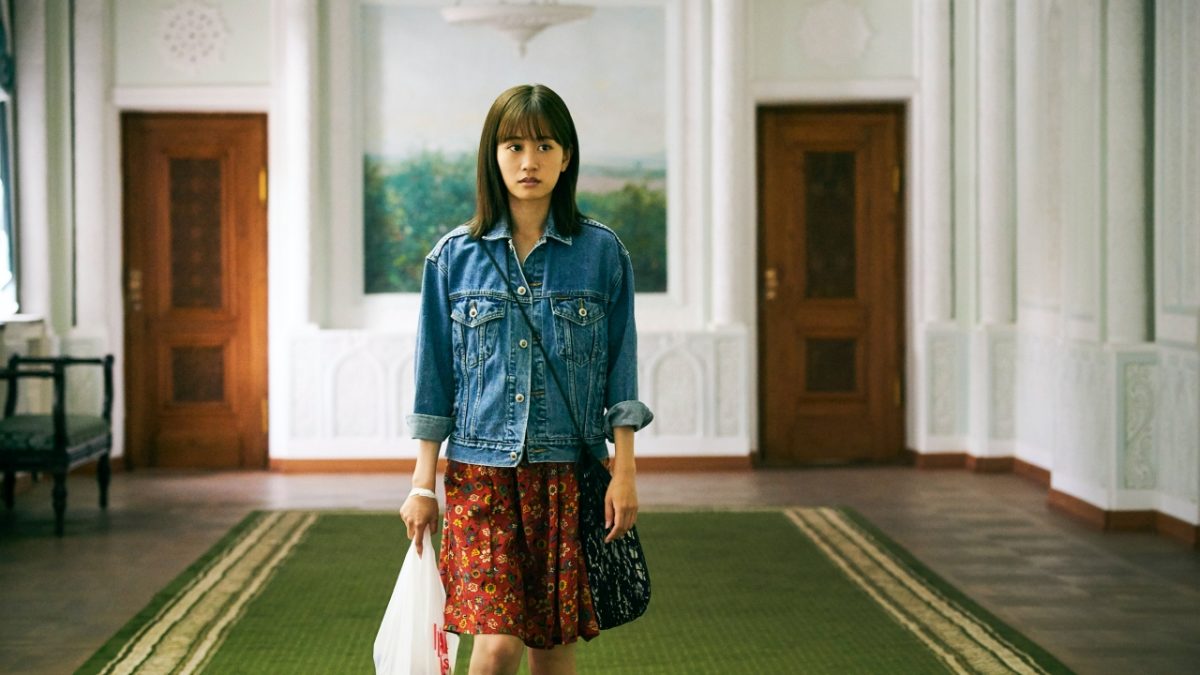
Long pigeonholed as purely a director of horror, Kiyoshi Kurosawa may have finally broken out of that imposed mold with To the Ends of the Earth. Though it takes the form of both a travel film, following a Japanese TV show host filming in Uzbekistan, and a self-discovery drama, it shifts modes with masterful fluidity, in total harmony with the journey of its main character, embracing her uncertainty and curiosity with unexpected, immensely generous compassion.
1. Martin Eden (Pietro Marcello)
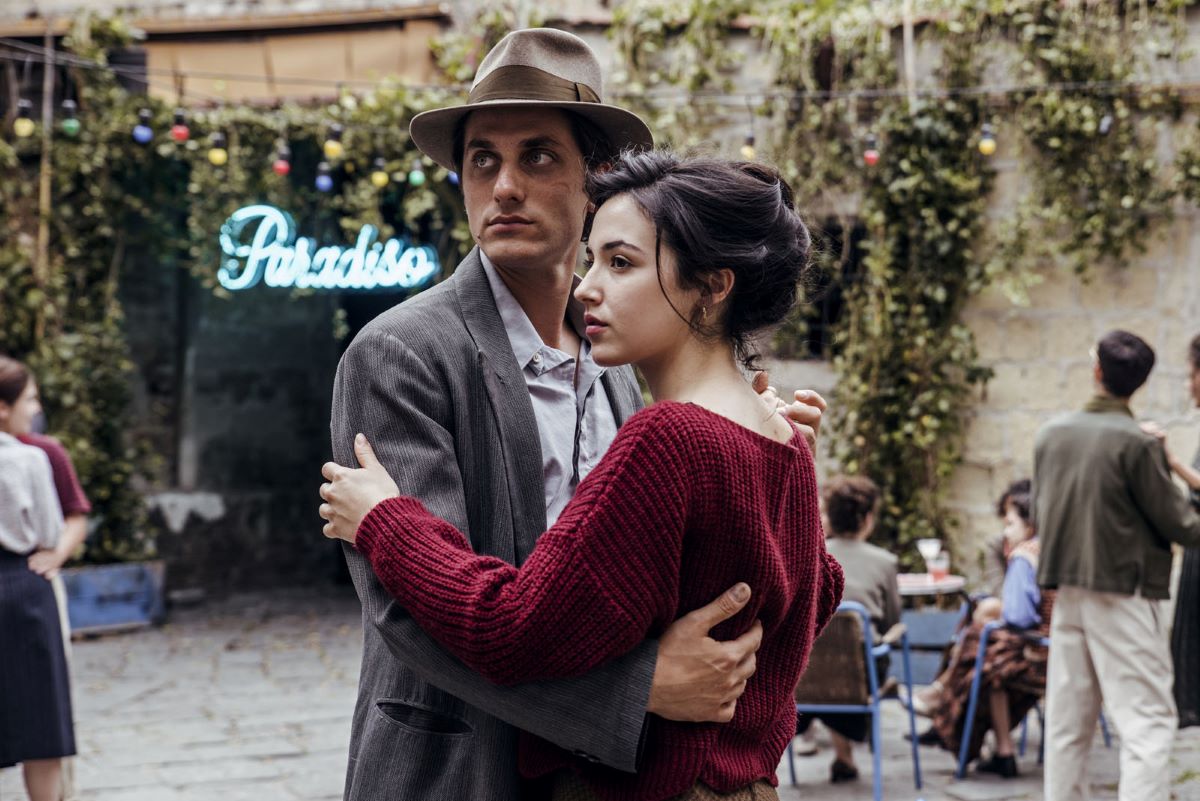
Martin Eden has been at turns called old-fashioned (narratively) and radical (aesthetically), but the greatness of Pietro Marcello’s achievement is that neither element or characterization can be easily reconciled. In its recounting of an individual’s intellectual flowering and decay, the film never relinquishes an air of restlessness, a constant desire for temporal and stylistic reinvention and self-betterment which is inevitably shaped and bent by the forces of history. Unerringly sumptuous, Marcello’s textures and hazy setting bring out all the contradictions and faded glory of the 20th century.
